By Alex Holt
It's hard to tell how a man as complex and contradictory as Sam Lacy would have fit into today’s sports media.
About Sam Lacy
Never one to stand idly by, Lacy frequently inserted himself into the stories he covered, whether revealing the African-American heritage of Syracuse University running back Wilmeth Sidat-Singh or working closely with Jackie Robinson and Branch Rickey to break the color barrier in baseball.
BORN: October 23, 1903
DIED: May 8, 2003
HOMETOWN: Washington, D.C.
EDUCATION: Howard University
OCCUPATION: Sports Writer & Sports Broadcaster in Baltimore
Never one to stand idly by, Lacy frequently inserted himself into the stories he covered, whether revealing the African-American heritage of Syracuse University running back Wilmeth Sidat-Singh or working closely with Jackie Robinson and Branch Rickey to break the color barrier in baseball. Yet as close as he got to many of his subjects, he didn’t hesitate to criticize them or call them out if he thought it was necessary.
He spent the last six decades of his career working for one newspaper, the Baltimore Afro-American, but his subject matter was limited neither by circulation nor by sport. His influence extended nationally, inspiring both contemporaries like Shirley Povich and Roger Kahn and later writers like William Rhoden and Michael Wilbon.
But above all else, Sam Lacy was motivated throughout his career by one thing: a desire to expose injustice in all its forms. And for him, the best way to do that was through sports.
As a teenager and as a college student, Lacy worked all kinds of odd jobs including operating an elevator and an ill-fated attempt at becoming a chauffeur, which ended when his employer discovered he’d never actually driven a car before. [1].
According to Lacy’s son Tim, one of these odd jobs involved shagging flies at Griffith Stadium, home of the Washington Senators and their Negro League counterparts, the Homestead Grays. [2]. This in turn led to a job writing for the Washington Tribune.
Initially, Lacy focused more on his career as a semipro baseball player for teams like the Washington Black Sox but he joined the Tribune full time in 1930 and by 1934, he was the paper’s sports editor. [3].
Almost immediately, Lacy began using his columns to shine a spotlight on the talented black players he’d encountered as a ballboy and as a baseball player himself and to lobby for the major leagues to integrate. He even managed to secure a meeting with Senators owner Clark Griffith in 1937 to try to convince him to sign black players. Griffith refused, claiming he didn’t want to interfere with the Negro Leagues. [4].
That same year, Lacy rose to even greater notoriety when he revealed in his column that Wilmeth Sidat-Singh, a star quarterback and running back for the Syracuse University football team, was not a Hindu, as the school had claimed, but rather an African-American who had been legally adopted by his Indian stepfather. Syracuse’s next opponent, the University of Maryland, responded by refusing to take the field for its game against Syracuse unless Sidat-Singh didn’t play. [5]
In spite of the increased attention he received after the Sidat-Singh story, Lacy’s career was hampered during the early 1940s by run-ins with his editors. First, Lacy, by now a writer for the Washington Afro-American, clashed with editor Ralph Matthews over a professional basketball team Lacy was managing and promoting called the Bruins.
Matthews disapproved of Lacy not focusing completely on the paper, which eventually led to Lacy being transferred to the Baltimore branch of the paper in 1941. But only a couple months into his time at the Baltimore Afro-American, Lacy bristled at an assignment from his editor and left for Chicago where he eventually found work with another prominent black newspaper, the Chicago Defender. [6].
Once in Chicago, Lacy resumed lobbying for the major leagues to sign black players, emboldened by the thinning of the leagues’ ranks as more and more players left the MLB to fight in WWII. In 1943, he even managed to convince MLB Commissioner Kennesaw Mountain Landis to agree to meet with the Negro Newspaper Publishers Association. But much to Lacy’s dismay, the association didn’t invite Lacy to attend the meeting, excluding him in favor of singer and actor Paul Robeson.
“I knew that was a kiss of death because at that time, Paul was considered by many to be a Communist,” Lacy later wrote in his autobiography. [7]. A few months later, Lacy returned to the Washington area for Christmas and when the Afro-American’s publishers offered him his old job back. Lacy accepted and would never leave the paper again.
More than anything else, Lacy was the rare sportswriter who could inspire the athletes he covered just as much as he inspired the writers who followed in his footsteps.
After returning to the Afro-American, Lacy wasted little time resuming his push to integrate baseball, making it a frequent subject of his columns. In 1945, Lacy even wrote a letter to every major league owner, urging the establishment of a committee to study the idea of desegregating baseball. Not only did Lacy succeed in convincing the owners to set up the committee, he was also appointed to serve on the committee, alongside Brooklyn Dodgers executive Branch Rickey. [8].
Shortly before Rickey stunned most of the media by announcing the Dodgers’ plans to sign Jackie Robinson, another baseball executive, Bill Veeck of the Cleveland Indians, approached Lacy and expressed his interest in having Cleveland become the first modern MLB team to sign a black player. According to Tim Lacy, Sam Lacy, ever the pragmatist, talked Veeck out of it, fearful it would be viewed as yet another of the publicity stunts Veeck was famous for.
“Listen,” Lacy told Veeck. “You’ve had a midget play for you, you’ve had a woman play for you, you’ve had this guy who’s 6-foot-9 or something like that play for you. And if you do this, all this is going to be viewed as is another act in Bill Veeck’s circus.” [9].
Instead, Branch Rickey and the Dodgers became the first major league team to break the color barrier; Veeck and the Indians waited 11 weeks after Jackie Robinson’s debut before making Larry Doby the first black player in the American League.
Almost immediately after the Dodgers signed Jackie Robinson, the Afro-American assigned Lacy to cover Robinson as a beat reporter. Lacy followed Robinson from his days in spring training with the Dodgers’ minor league affiliate, the Montreal Royals, all the way up to the National League, where he travelled with the team and even occasionally roomed with Robinson.
Due to Florida’s segregation, Robinson and Lacy were actually sharing a house during the Dodgers’ spring training in 1946 when Ku Klux Klan members burned a cross in front of the house, one of many incidents depicted in the biographical film 42 where Lacy was not included with one of his colleagues, Wendell Smith. [10]. Several years later, after Robinson had become an established major league player, Lacy would campaign to help desegregate the hotels teams stayed in when playing on the road.
“Sam was the saving grace for a lot of black ballplayers. We needed somebody to be a father figure or mother figure to kind of give us a little guidance under the surface because it was a rough life for that.”
Florida wasn’t the only place where Lacy faced particularly intense discrimination in his efforts to cover Robinson. At a minor league game in New Orleans, Lacy was barred from entering the press box, so he watched the game from the roof in protest. In an early example of solidarity, four white New York-based sportswriters, Dick Young, Gus Steiger, Bill Roeder and Roscoe McGowen, joined him on the roof. Young claimed they needed a tan, but as Lacy would later note in his autobiography, “they had just come from a month in Florida, where tans are plentiful.” [11]. Three years later, Lacy became the first black member of the Baseball Writers Association of America.
While Sam Lacy will always be closely associated with Jackie Robinson, his career and impact on journalism extended beyond his involvement with Robinson. After Robinson broke into the majors, Lacy continued to grill teams who were slow to sign or start black players, such as the New York Yankees, who Lacy called out in a 1954 column for converting their first black player, Elston Howard, into a catcher. [12].
Besides writing about baseball, Lacy also covered sports like boxing, horse racing and football and frequently wrote columns about Washington Redskins owner George Preston Marshall’s longstanding refusal to sign black players as did his friend, Washington Post columnist Shirley Povich.
In 1968, Lacy became a part-time commentator at WBAL-TV in Baltimore, where he was one of the first black sportscasters in the station’s history. And while he had to wait decades for it, Lacy did live long enough to hear his name called for induction into the writers’ wing of the Baseball Hall of Fame in 1998, five years before his death in 2003. He also won the Red Smith award in 1998 from the Associated Press Sports Editors for lifetime contributions to sports journalism.
More than anything else, Lacy was the rare sportswriter who could inspire the athletes he covered just as much as he inspired the writers who followed in his footsteps. One of those athletes was Baltimore Colts Hall of Fame offensive lineman Jim Parker, who told Tim Lacy shortly before Parker’s death in 2005:
“Sam was the saving grace for a lot of black ballplayers. We needed somebody to be a father figure or mother figure to kind of give us a little guidance under the surface because it was a rough life for that.” [13].
What he enjoyed least was the travel, being away from home and stuff like that. What he did enjoy was his work coming to fruition. He enjoyed seeing barriers being broken down.”
For all the sportswriters who were influenced by Sam Lacy, few knew him better than his own son, Tim Lacy, who worked alongside his father at the Afro-American for many years and who still periodically contributes columns for the paper. Tim Lacy does most of his writing at home these days but he said he can still hear his father giving him advice.
“On the wall I have a picture [of Sam Lacy] and I can hear him when I’m working, telling me ‘uh-uh-uh, no, no, no, you don’t want to go that way, take it in another direction,’” Tim Lacy said, something the elder Lacy apparently said frequently when they worked at their desks just a few feet apart in the Afro-American’s offices. “The best part of it is we were always good friends. He was my best bud.” [14].
As good a sportswriter as Sam Lacy was, he didn’t really enjoy sportswriting for its own sake so much as he saw it as his job. “That was his job,” Tim Lacy said. “What he enjoyed least was the travel, being away from home and stuff like that. What he did enjoy was his work coming to fruition. He enjoyed seeing barriers being broken down.” [15].
Footnotes
[1] Lacy, S., with Newsom, M. (1998). Fighting For Fairness: The Life Story of Hall of Fame Sportswriter Sam Lacy. Centreville, Md.: Tidewater Publishers (p.18).
[2] Lacy, T. (2015). Personal interview.
[3] Cummings, D.L. (1997). “The Genuine Article: Sam Lacy, 93, and Going Strong in Black Journalism”, New York Daily News, February 22, 1997, http://www.nydailynews.com/archives/sports/genuine-article-sam-lacy-93-strong-black-journalism-article-1.750723.
[4] Lacy, S., with Newsom, M. (1998). Fighting For Fairness: The Life Story of Hall of Fame Sportswriter Sam Lacy. Centreville, Md.: Tidewater Publishers (p.38).
[5] Lacy, S., with Newsom, M. (1998). Fighting For Fairness: The Life Story of Hall of Fame Sportswriter Sam Lacy. Centreville, Md.: Tidewater Publishers (p.35-37).
[6] Lacy, S., with Newsom, M. (1998). Fighting For Fairness: The Life Story of Hall of Fame Sportswriter Sam Lacy. Centreville, Md.: Tidewater Publishers (p.41-44).
[7] Lacy, S., with Newsom, M. (1998). Fighting For Fairness: The Life Story of Hall of Fame Sportswriter Sam Lacy. Centreville, Md.: Tidewater Publishers (p.45).
[8] Lacy, S., with Newsom, M. (1998). Fighting For Fairness: The Life Story of Hall of Fame Sportswriter Sam Lacy. Centreville, Md.: Tidewater Publishers (p.47).
[9] Lacy, T. (2015). Personal interview.
[10] Lacy, T. (2015). Personal interview.
[11] Lacy, S., with Newsom, M. (1998). Fighting For Fairness: The Life Story of Hall of Fame Sportswriter Sam Lacy. Centreville, Md.: Tidewater Publishers (p.8).
[12] Lacy, S., with Newsom, M. (1998). Fighting For Fairness: The Life Story of Hall of Fame Sportswriter Sam Lacy. Centreville, Md.: Tidewater Publishers (p.81).
[13] Lacy, T. (2015). Personal interview.
[14] Lacy, T. (2015). Personal interview.
[15] Lacy, T. (2015). Personal interview.
This chapter was written by Alex Holt. Holt is a 2014 graduate of the Philip Merrill College of Journalism’s Masters program.
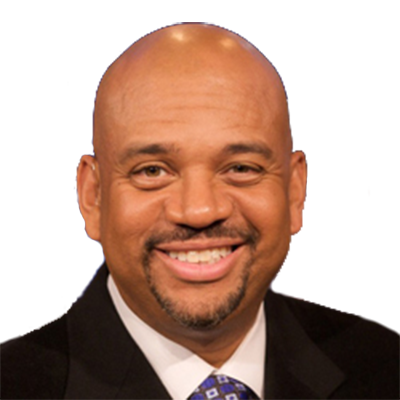 Michael Wilbon
Michael Wilbon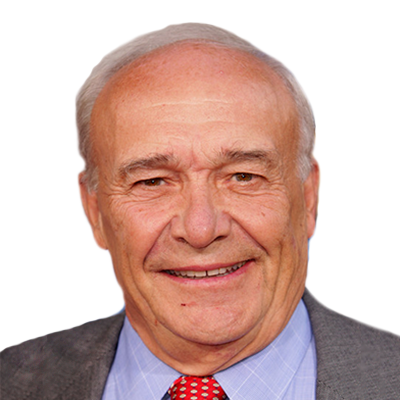 Bill Nack
Bill Nack Dan Jenkins
Dan Jenkins Sally Jenkins
Sally Jenkins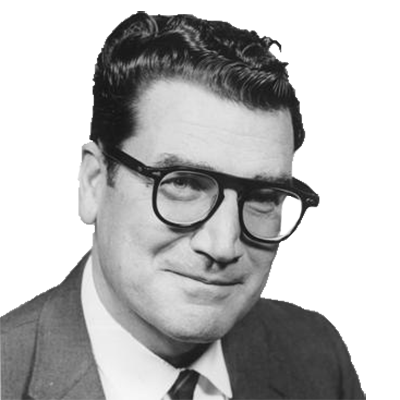 Jim Murray
Jim Murray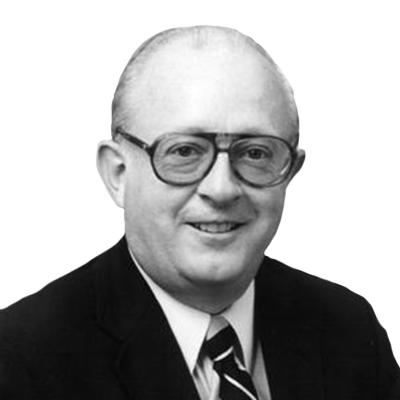 Dave Anderson
Dave Anderson Christine Brennan
Christine Brennan Mitch Albom
Mitch Albom Jason Whitlock
Jason Whitlock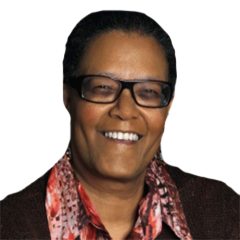 Claire Smith
Claire Smith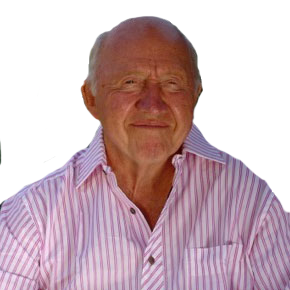 Bud Collins
Bud Collins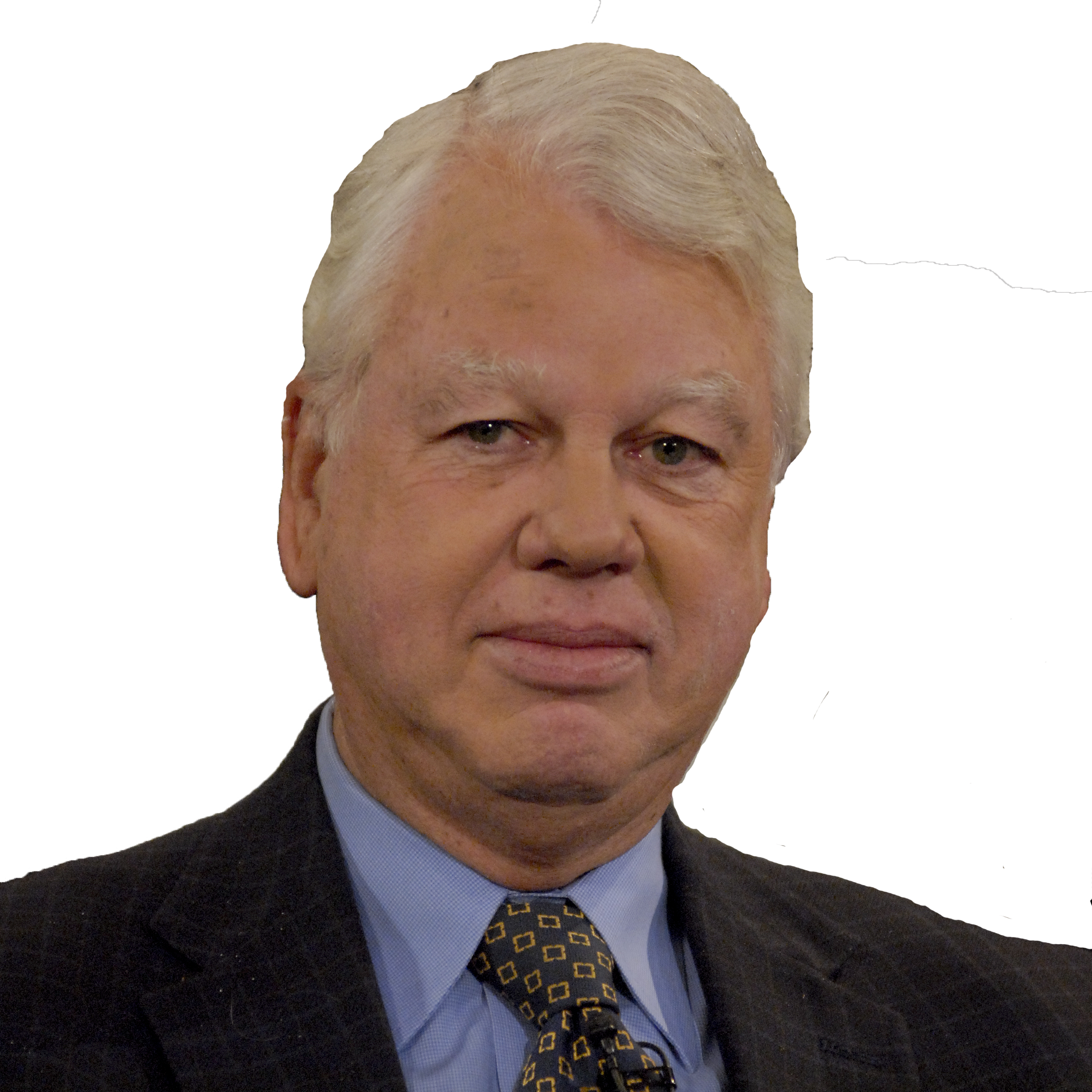 Bob Ryan
Bob Ryan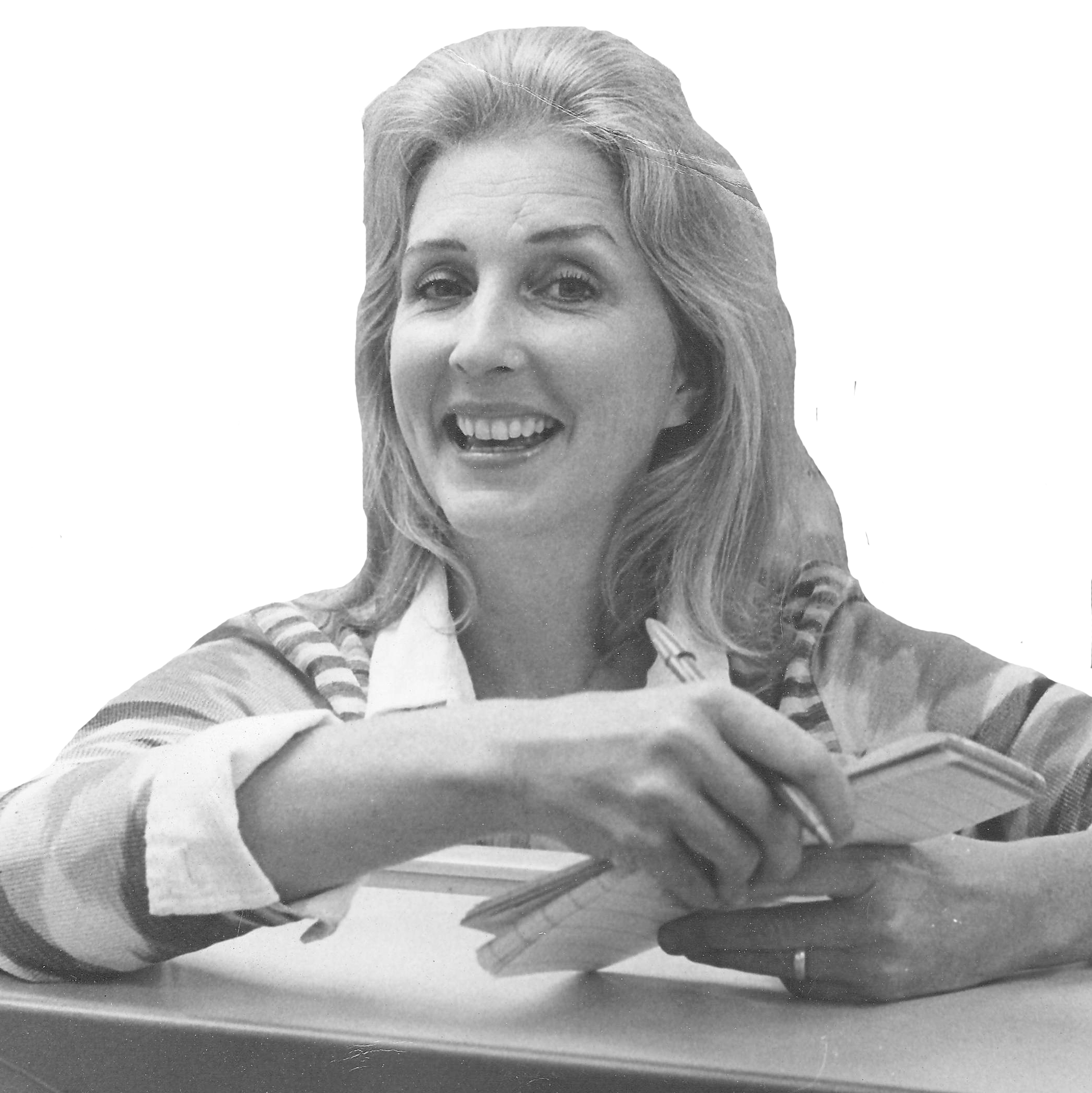 Joan Ryan
Joan Ryan Peter King
Peter King Wright Thompson
Wright Thompson John Feinstein
John Feinstein Lesley Visser
Lesley Visser Will Leitch
Will Leitch Tim Kurkjian
Tim Kurkjian Joe Posnanski
Joe Posnanski
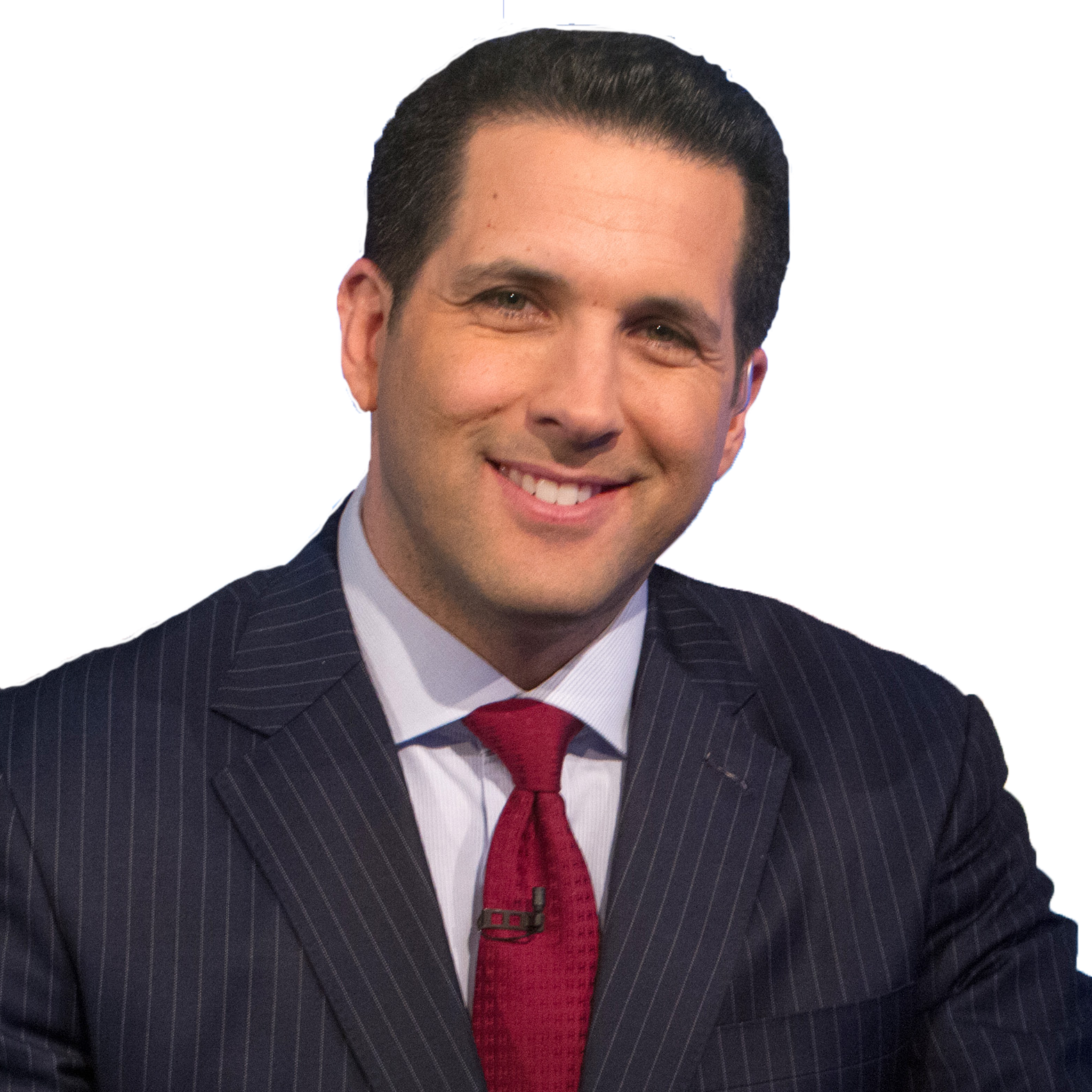 Adam Schefter
Adam Schefter
 Terry Taylor
Terry Taylor
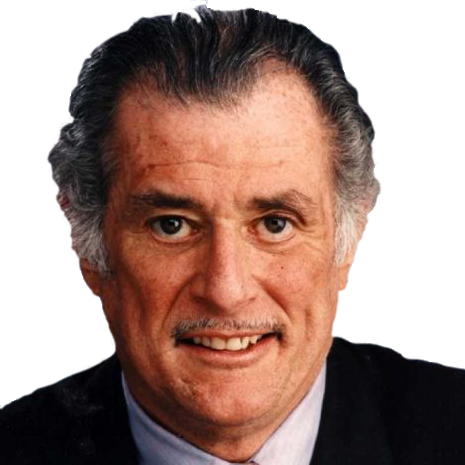 Frank Deford
Frank Deford
 Tom Boswell
Tom Boswell
 Neil Leifer
Neil Leifer
 Sam Lacy
Sam Lacy Jane Leavy
Jane Leavy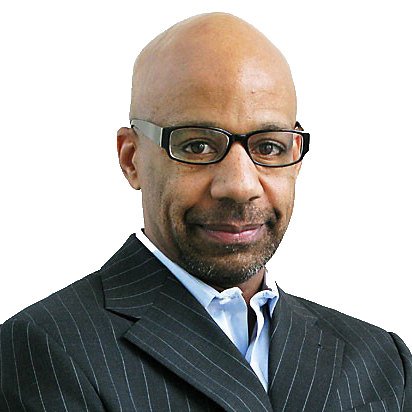 Kevin Blackistone
Kevin Blackistone Juliet Macur
Juliet Macur Andrew Beyer
Andrew Beyer Tom Verducci
Tom Verducci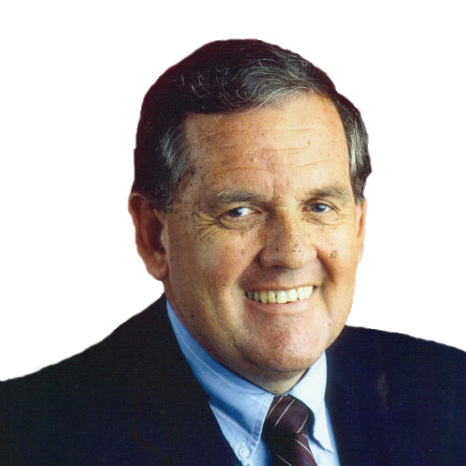 Hubert Mizell
Hubert Mizell Rachel Nichols
Rachel Nichols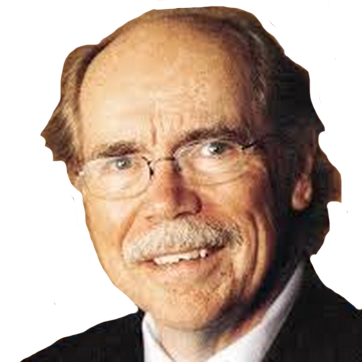 Dave Kindred
Dave Kindred Mike Lupica
Mike Lupica Richard Justice
Richard Justice Jerry Izenberg
Jerry Izenberg Bill Plaschke
Bill Plaschke Kevin Van Valkenburg
Kevin Van Valkenburg George Vecsey
George Vecsey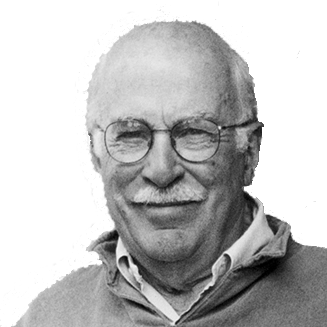 Roger Angell
Roger Angell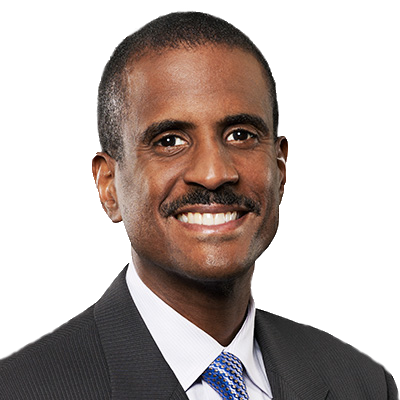 David Aldridge
David Aldridge Tony Kornheiser
Tony Kornheiser Jackie MacMullan
Jackie MacMullan J.A. Adande
J.A. Adande Robert Lipsyte
Robert Lipsyte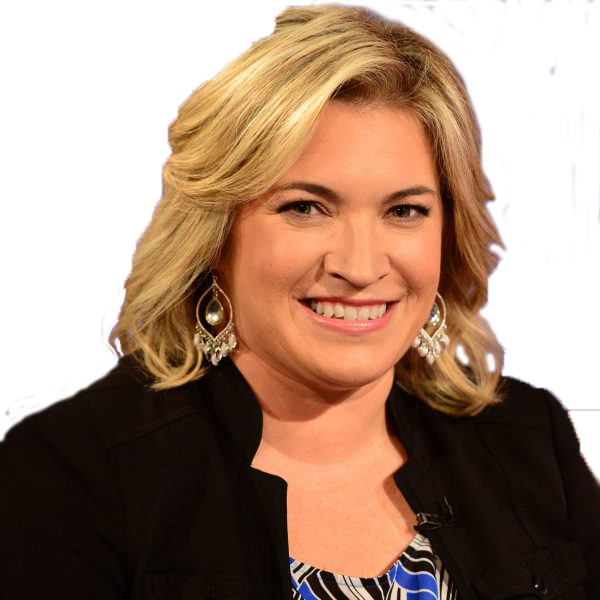 Ramona Shelburne
Ramona Shelburne David Remnick
David Remnick Bryan Curtis
Bryan Curtis Chuck Culpepper
Chuck Culpepper Jason Gay
Jason Gay Heidi Blake
Heidi Blake Dan Steinberg
Dan Steinberg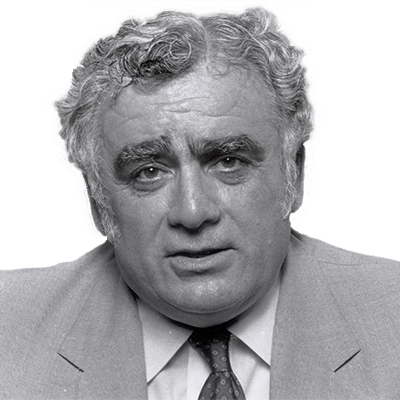 Jerome Holtzman
Jerome Holtzman Barry Svrluga
Barry Svrluga

